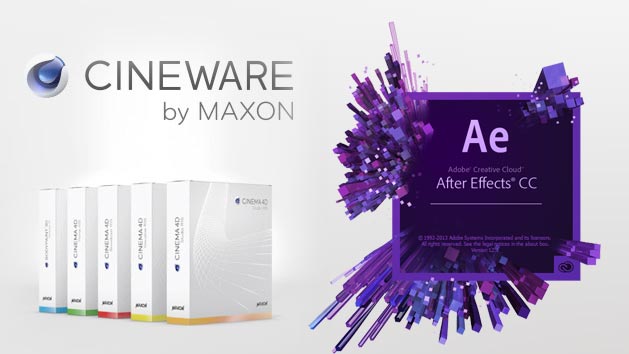Following Adobe's first planned upgrade to After Effects CC earlier this fall, Maxon has announced updates to its Cineware live 3D pipeline that connects the Adobe software with Cinema 4D, now in version R15. Cineware lets users open any 3D file supported by Cinema 4D inside After Effects, giving them time-saving options to edit and tweak sequences, including compositing passes, on the fly. Using Cineware, a user can export cameras, lights and solids to a .c4d file directly from After Effects.
After Effects CC, now in version 12.1, includes a number of improved features since it was first introduced as a Creative Cloud-centric product this spring, among them a new media browser and automatic mask tracker. Speed improvements, like the up to 60 percent faster 3D camera tracker and warp stabilizer analysis, and better integration with Retina-display Macs were also introduced. But customers of Cinema 4D Broadcast or Studio, through Cineware, can now also connect to Sketch & Toon and the Cinema 4D physical renderer. The renderer, which works with Intel's Embree Raytracing Engine to deliver optimal speeds, gives artists access to more cinematic camera functions.
The Cineware improvements, like those debuted in AE CC 12.1, are aimed at both power users and novices. Those using the Studio and Broadcast versions of Cinema 4D now have additional settings in the Cineware Options Dialog Box to let them set the version of Cinema 4D (R14 or later) they want to boot when they launch Cineware. On the flip side, After Effects CC users with little or no experience using Cinema 4D will be introduced to the software through Cinema 4D Lite, a limited but surprisingly robust version of Cinema 4D integrated in this version of After Effects. The lite version lets artists create, import, texture and animate 3D content to be rendered within After Effects.
Maxon: www.maxon.net
Adobe: www.adobe.com
Did you enjoy this article? Sign up to receive the StudioDaily Fix eletter containing the latest stories, including news, videos, interviews, reviews and more.











Leave a Reply